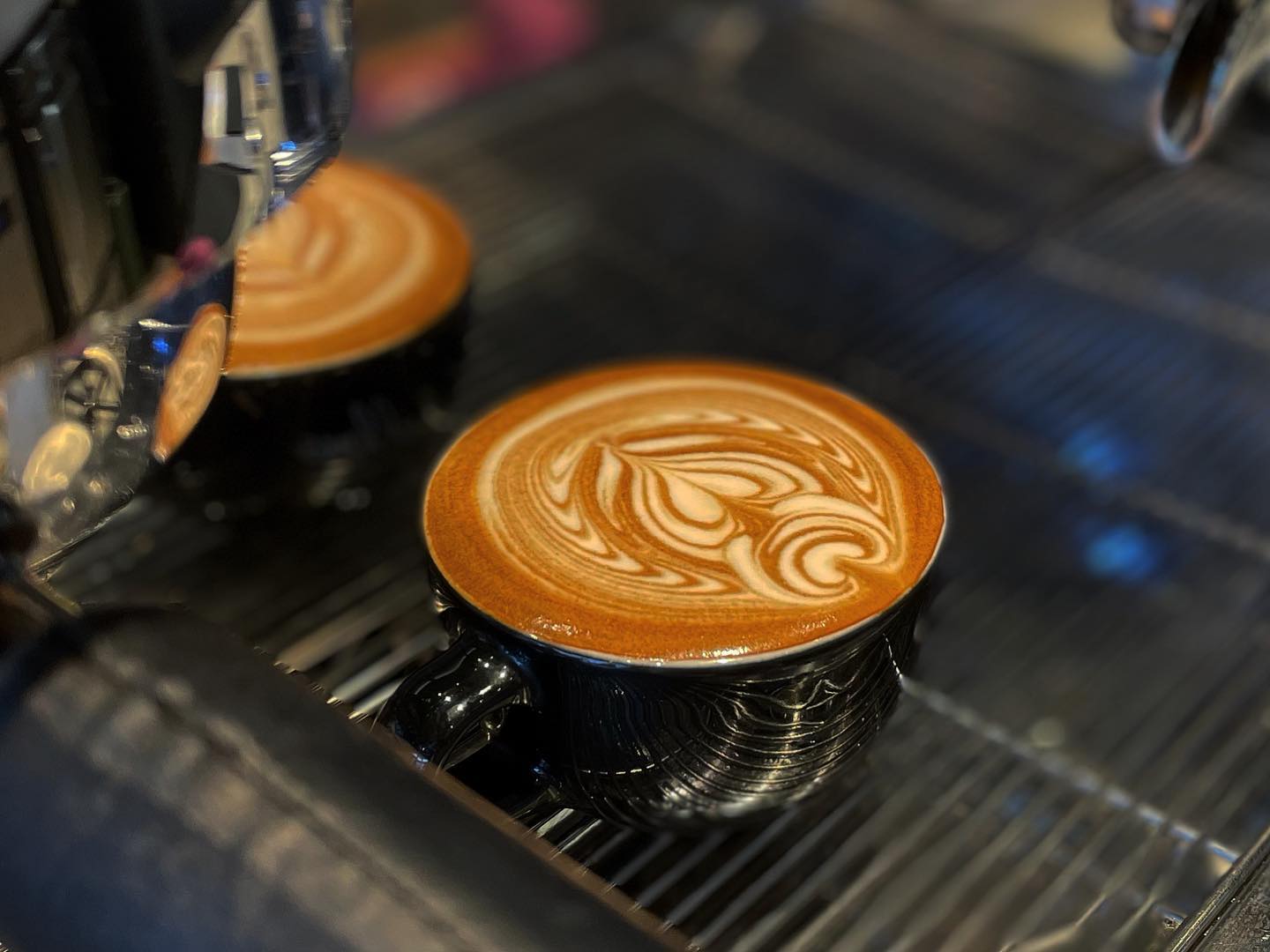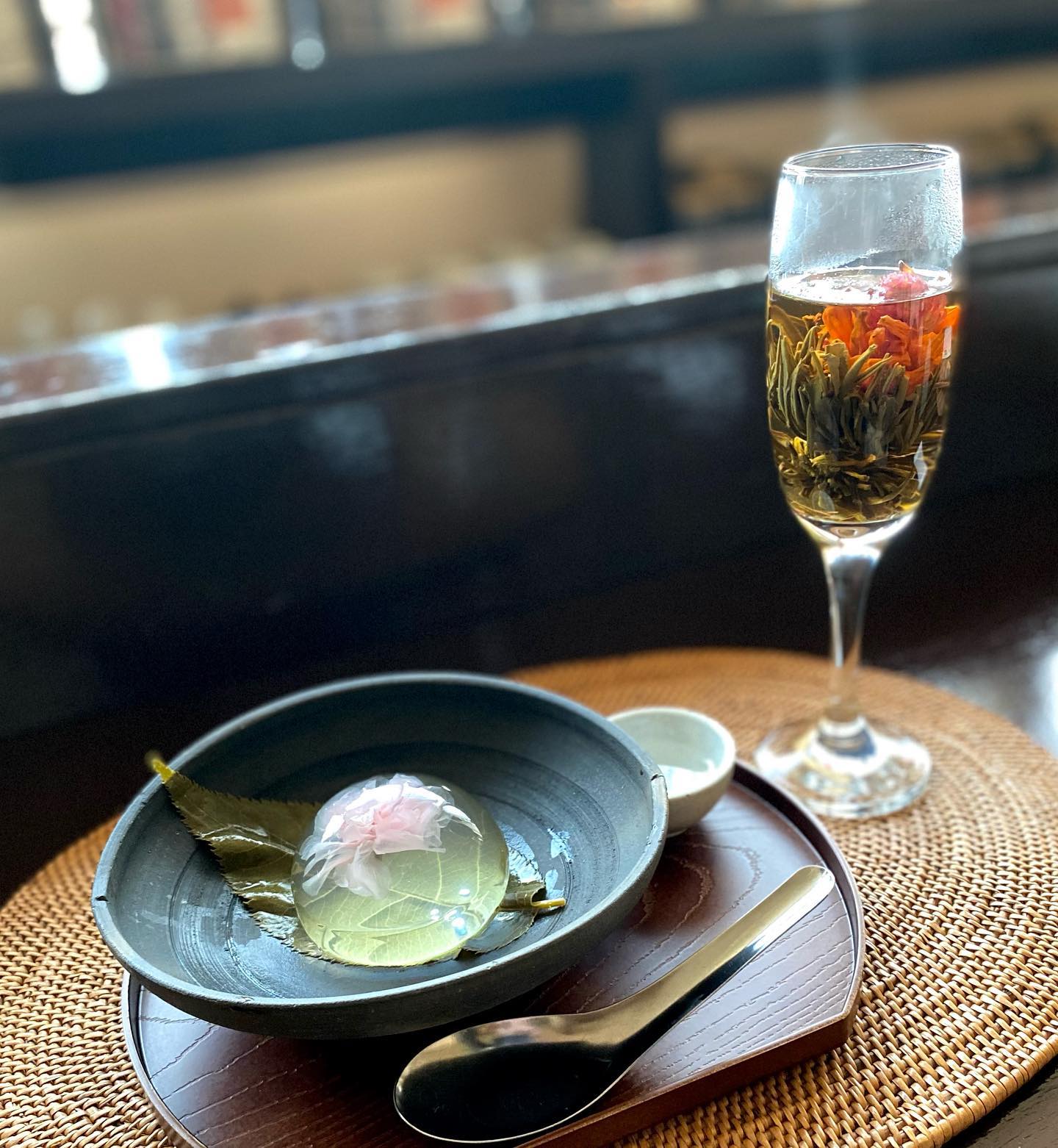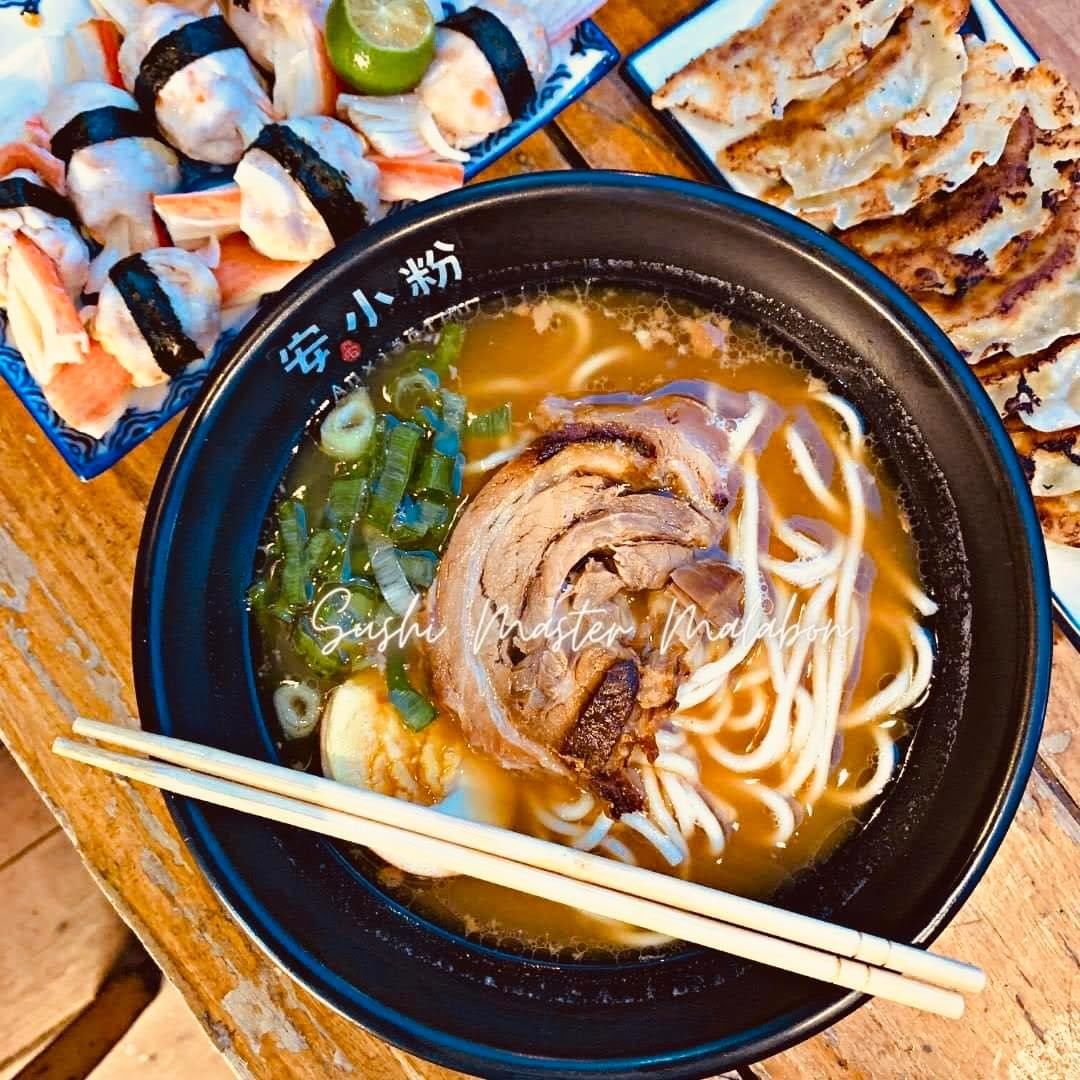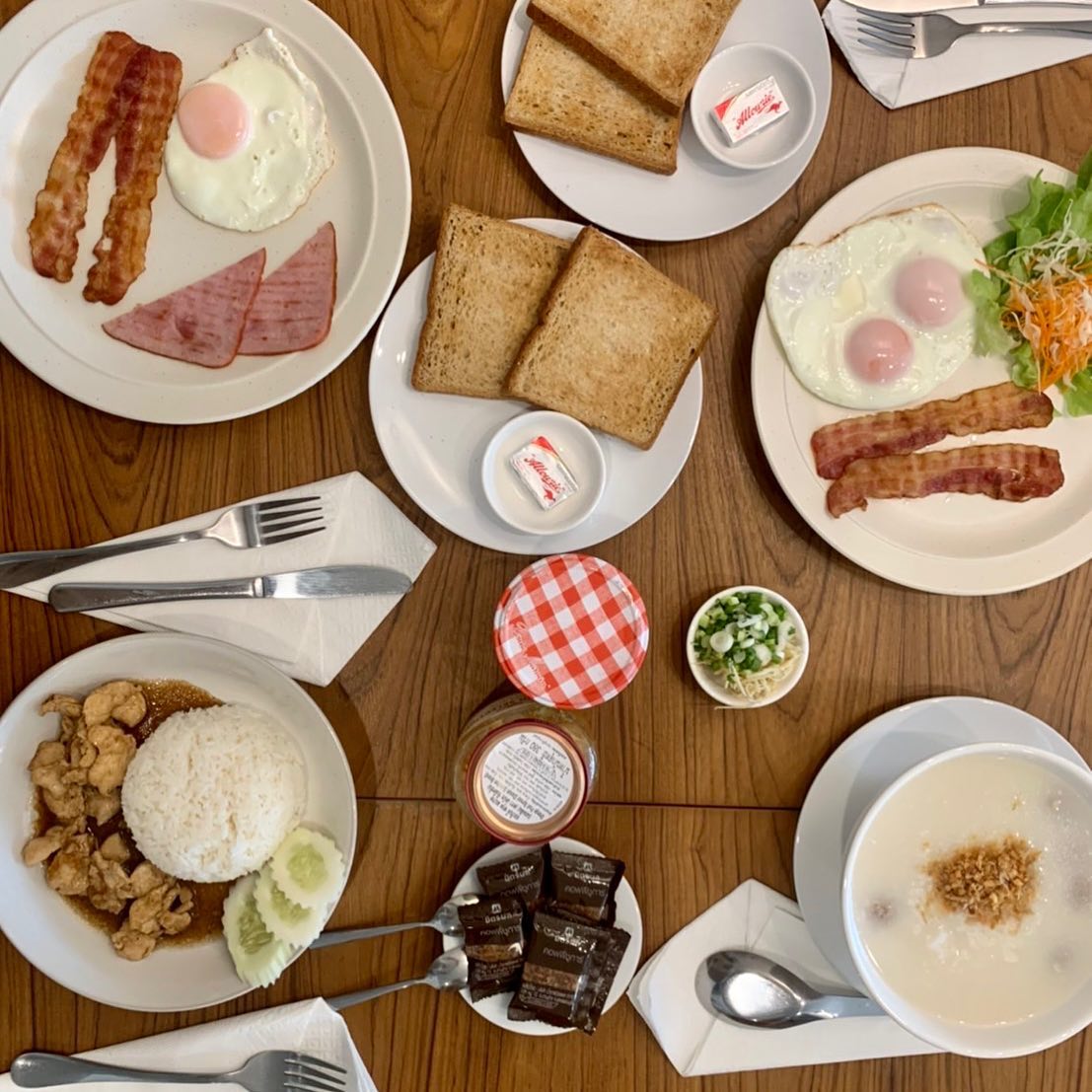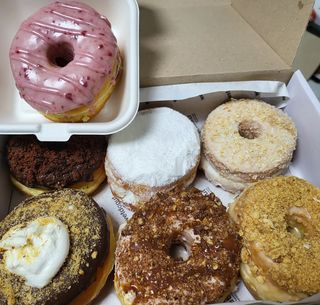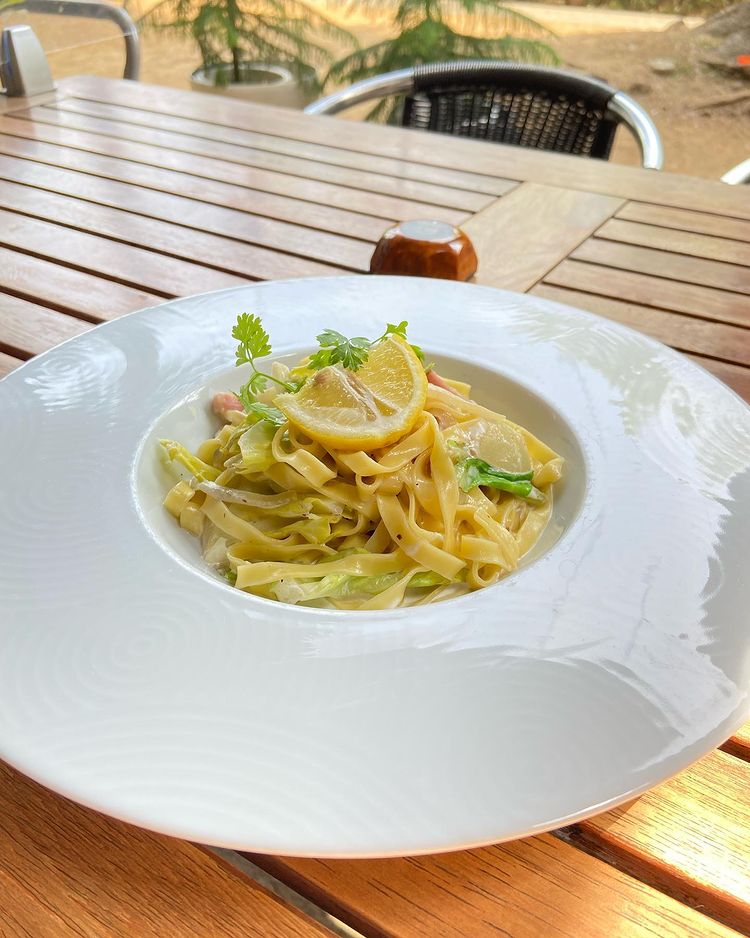Grinding coffee beans is a crucial step in the coffee brewing process. Whether you’re making French press coffee, espresso, or a cold brew, the grind size and technique you use can drastically impact the final cup of coffee. With various tools, from manual grinders to electric grinders, and methods like using a food processor or even a mortar and pestle, the right approach will elevate your coffee experience. Let’s dive into the art of grinding coffee beans and explore how to choose the best grind size for your brew method.
Grind Size and Its Importance
The grind size of your coffee beans has a significant impact on the coffee brewing process. Different brewing methods require different grind sizes for optimal extraction. For instance, French press coffee requires a coarse grind, while espresso machines demand a very fine grind. If your coffee grounds are too fine for a French press, the result will be over-extraction, leading to bitter flavors. On the other hand, too coarse of a grind for an Espresso machine will result in under-extraction, producing weak and sour coffee.
The reason grind size matters is due to the surface area of the coffee. Finer grounds have more surface area exposed to water, which increases extraction speed and depth. A coarse grind, conversely, has less surface area, which slows the extraction process, making it ideal for longer brewing methods like cold brew and French press coffee.
Choosing the Right Coffee Grinder
There are two main types of coffee grinders: Burr grinders and blade grinders. The choice between them depends on your coffee brewing preferences and budget.
Burr Grinders: Precision for Perfect Coffee
BURR GRINDERS are often considered the gold standard for grinding coffee beans. They work by crushing the beans between two abrasive surfaces, resulting in a consistent grind size. Espresso grinders, like those designed specifically for espresso machines, often have very precise grind settings that can be adjusted for different brew methods. This consistency ensures optimal coffee extraction.
Some popular burr grinders include Hario Mini Mill, a hand-powered device that’s perfect for manual coffee grinders, and electric coffee grinders that offer convenience for home baristas. Adaptive Grinding Technology in some high-end models can even adjust the grind depending on the humidity and temperature, providing a tailored grinding process.
Blade Grinders: Budget-Friendly and Convenient
BLADE GRINDERS are more affordable than burr grinders, but they are less precise. These grinders chop the coffee beans with a blade, which can result in unevenly sized grounds. While they are convenient for quick grinding, the inconsistency in size may lead to uneven extraction during brewing. They are great for brewing methods that don’t require precision, such as filter coffee or Moka Pots.
A blade coffee grinder can be a good choice for beginners or those on a budget, but keep in mind the potential impact on the coffee’s flavor profile.
Manual Coffee Grinders: The Hand-Powered Experience
For coffee enthusiasts who appreciate the ritual of manual grinding, manual coffee grinders offer a hands-on approach to brewing. These hand-powered devices allow for complete control over the grind level, making them ideal for experimenting with different brewing techniques. The Hario Mini Mill is a popular option for those who prefer a portable and affordable grinder for coarse grind or fine grind adjustments.
In addition to being cost-effective, manual grinders tend to be quieter and more compact, making them ideal for small kitchens or travel. The grinding time can vary depending on the grinder, but it’s a great way to enhance the coffee experience.
Checkout: How to Make Coffee
Exploring Different Grinding Techniques
If you don’t have a coffee grinder on hand, don’t worry—there are alternative methods to grind your coffee beans.
- Food Processor: This kitchen tool can be used in a pinch to grind coffee beans. However, it’s challenging to achieve consistent grind size, and the grinding process may be messier.
- Rolling Pin: For those in need of a coarse grind, placing coffee beans in a Ziploc bag and crushing them with a rolling pin is an old-school method. While it requires some elbow grease, it can be effective for small quantities of beans.
- Mortar and Pestle: This classic method allows for manual control of the grind size. It’s perfect for small batches and gives you the ability to grind beans to your desired consistency.
These techniques are useful in emergencies but may not offer the same level of consistency as a burr grinder.
The Science of Freshness: Why Grinding Matters
Freshly ground coffee is key to achieving a flavorful cup. When you grind coffee beans, you expose their aromatic oils and carbon dioxide, which are essential for the coffee extraction process. Over time, pre-ground coffee loses these volatile compounds, leading to a stale cup of coffee. That’s why many coffee connoisseurs recommend grinding your coffee just before brewing.
The grinding process also helps unlock the full flavor potential of Arabica beans and Robusta beans, which vary in flavor based on their cultivation altitude and environment. As the beans are ground, the coffee oils and tannic acids are released, contributing to the complex taste and aroma of the coffee.
More About: How to Operate a Coffee Maker Like a Pro
Selecting the Perfect Grind for Your Brew Method
Each brew method requires a specific grind size. Here’s a breakdown of grind sizes for different brewing methods:
- Espresso Machines: Fine grind. A precise grind is crucial for creating the perfect espresso shot with a rich crema.
- French Press: Coarse grind. This allows for longer extraction and minimizes sediment in your cup.
- Cold Brew: Coarse grind. Since cold brew requires extended contact time, a coarse grind prevents over-extraction and bitterness.
- Moka Pots: Medium-fine grind. This grind size allows for a balance between speed and extraction.
- Filter Coffee: Medium grind. Ideal for standard drip coffee makers or filter devices.
- Manual Grinders: You can adjust the grind size based on your desired brew method, whether it’s a coarse grind for French press or a fine grind for espresso.
Read More: How to Use a Coffee Press
Final Tips for Grinding Coffee Beans
- Store Beans Properly: Keep your coffee beans in an airtight container to preserve their freshness. Avoid storing them in food bags or cheesecake base containers, as exposure to air can degrade their flavor.
- Dosing Technology: For consistent results, use dosing technology to measure the amount of coffee you’re grinding. This ensures you get the right coffee-to-water ratio every time.
- Be Mindful of Brewing Rituals: Each brew method has its own set of requirements. Experiment with different grind levels and brew methods to find the one that matches your taste.
- Invest in Quality Equipment: Consider electric coffee grinders with Bean Adapt Technology or Sensor Grinding Technology to ensure the most precise grind for your preferred coffee brewing method.
In conclusion, grinding coffee beans is an essential part of the brewing ritual that can greatly influence the flavor and aroma of your cup of coffee. By understanding the grind size, the tools available, and how they impact the coffee extraction, you can perfect your brewing method and enjoy a more flavorful and aromatic cup of coffee. Whether you’re using an electric grinder, a manual grinder, or even a mortar and pestle, the right grind size and technique will ensure the best possible coffee experience.
FAQs on Grinding Coffee Beans
For a French press, you should use a coarse grind. This grind size helps prevent over-extraction, which can lead to bitterness. A coarse grind also allows for a more balanced coffee extraction and makes it easier to press the coffee through the mesh filter without clogging.
While you can use a blade coffee grinder for espresso machines, it’s not ideal. Blade grinders tend to create uneven coffee grounds, which results in inconsistent extraction. A more precise option, such as a burr grinder, is recommended for espresso to ensure a consistent grind size that’s necessary for optimal coffee brewing.
It depends on your preferences. A manual grinder offers a more tactile and personalized experience, ideal for those who enjoy the brewing ritual. However, electric coffee grinders are quicker and more convenient, especially for those who need to grind larger quantities of coffee or prefer to skip the effort of manual grinding. Both can provide a consistent grind, but electric grinders often allow for more precise grind settings and automation.
The grinding process has a direct impact on the flavor of your coffee because it affects the surface area of the coffee grounds. When you grind beans, you expose their aromatic oils and carbon dioxide, which are essential for the coffee extraction. Freshly ground coffee offers the richest and most aromatic flavors, while pre-ground coffee tends to lose its freshness and complexity.
Yes, you can use a food processor to grind coffee beans in a pinch, but it’s not the most ideal tool. A food processor may produce uneven coffee grounds, leading to inconsistent extraction. For better results, a coffee grinder—whether a manual grinder or electric grinder—provides more consistent and uniform grounds, ensuring a better overall coffee experience.
